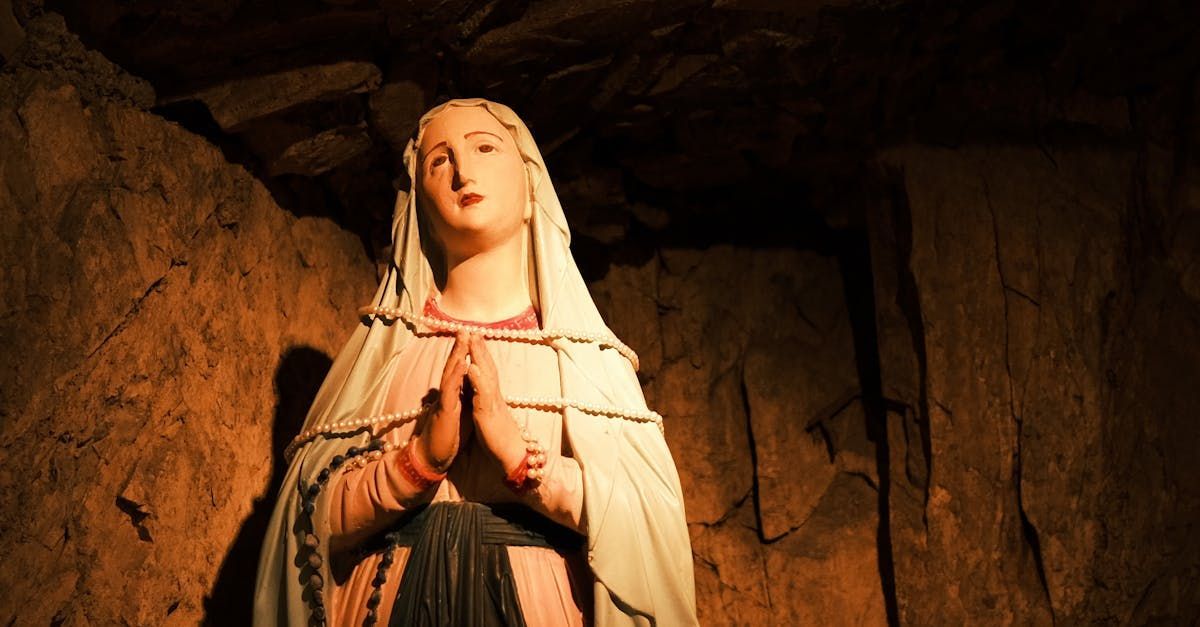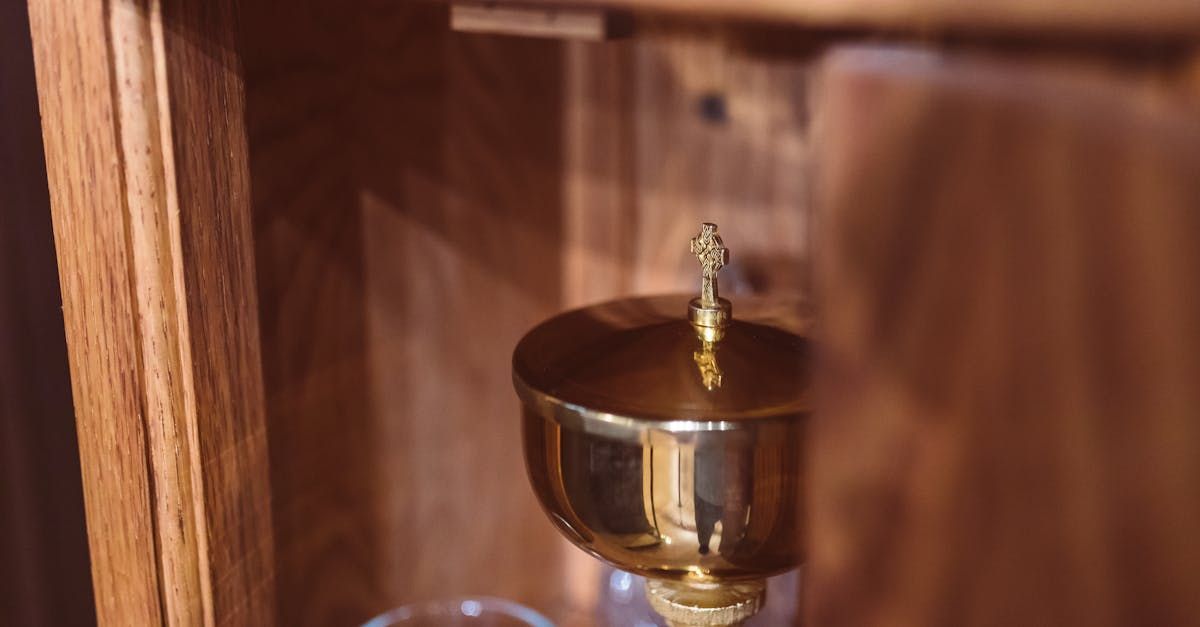My Vocation Story and Journey to the U.S.
Fr. Alex Biryomumeisho | August 4, 2024
Many of you have asked, “How did you come to the Archdiocese of Cincinnati?” To answer, I would like to share my vocation story and journey to the U.S.
I was born on September 30, 1983, in Uganda, a country in East Africa. Raised in a Catholic family, my mother, Bonekonsila Nyamaguru, and my father, Dominiko Babweyaka, taught me stories about Jesus from an early age. My father, like my grandfather, was a catechist, traveling to minister to other communities. The Church provided us with a home and land to farm, supporting our family.
By the time I was six, I walked an hour each way to a private Catholic primary school, continuing this journey until I was fourteen. My father struggled to pay my tuition. At fourteen, I passed my primary school exams and entered a Protestant secondary school. However, my father’s declining health made it impossible for him to pay my tuition. Miraculously, his health improved, allowing me to stay in school and eventually enter the seminary.
At twenty, I completed my secondary education (O Level) and earned a scholarship to an advanced (A Level) school. But, unable to afford further education, I planned to become a primary school teacher, a poorly paid profession in Uganda. Another miracle came when my older brother Emmanuel (late) offered to pay my tuition to St. Paul’s minor Catholic seminary, sacrificing for my future. Emmanuel believed I would have a better chance to secure a government scholarship, graduate from college, and support our struggling family.
Entering St. Paul’s, I was struck by the kindness of the seminarians, inspiring me to decide, “I will become a priest.” However, I faced another challenge when the dean advised me to study liberal arts instead of sciences. Emmanuel disagreed, believing liberal arts would limit my job prospects. I applied to a different school’s science program but was denied admission, another miracle that kept me on the path to priesthood. Emmanuel continued to support my seminary tuition.
Grateful for God’s intervention, I completed minor seminary in 2005. In 2006, I was admitted to Katigondo National Major Seminary, sponsored by my diocese. Emmanuel continued to support me with transportation, living expenses, and contributions to the seminary. In 2009, I earned a diploma in social, philosophical, and religious studies and a degree in philosophy. I then completed a one-year teaching internship at my former minor seminary.
In 2010, I entered St. Paul’s National Major Seminary, Kinyamasika, to study theology, the final phase of formation to the priesthood. After two years of theology, I began to question my calling and requested a year of leave for discernment. During this time, I realized I needed to trust in God’s providence. I decided I indeed wanted to be a priest and informed my vocations director I was ready to continue with my formation.
The vocations director accepted me back, and I felt renewed excitement. I was assigned to a local parish for a temporary pastoral work assignment, where I met Fr. Gregory Bramledge, an American priest on evangelization work. Two months into my assignment, the vocations director informed me they might extend my formation by an additional year. A week later, the bishop informed me that the vocations team had decided I had not discerned well. Disheartened, I requested the bishop’s blessing and moved on.
Fr. Greg encouraged me not to give up and offered to connect me to his home diocese in Indiana. The bishop in Indiana responded positively but required me to have a green card, which was not possible for non-citizens living outside the U.S. I gave up and enrolled at Ugandan Martyrs University for a master’s degree in Sustainable Peace and Conflict Management, with Fr. Greg’s help for tuition.
Three months later, Fr. Greg contacted me with good news, the Archbishop of Cincinnati was willing to take me as a seminarian. Despite initial hesitation, I was encouraged to consider the opportunity. The Archdiocese of Cincinnati wanted me to find another candidate to accompany me. Fr. Greg found Elias, an ex-seminarian and medical social worker, to join me. Despite administrative hurdles complicating the process to obtain a passport, I miraculously obtained my passport in two days.
Our first attempt to obtain tourist visas was denied. Had we succeeded, we would have arrived during winter for a two-week visit. However, in March, Fr. Kyle Schnippel, the former vocations director for the Archdiocese of Cincinnati, informed me that he and the seminary rector would visit Uganda to meet Elias and me. This visit confirmed my belief that I was being called to be a priest. Fr. Kyle and Fr. Benedict visited Kampala over Palm Sunday weekend in 2014, conducted brief interviews, and visited the shrine of the Ugandan martyrs. They then provided the necessary paperwork for student visas, with the plan for Elias and me to be in Cincinnati by July 2014.
By God’s grace, we obtained our U.S. visas and arrived in Cincinnati on July 16, 2014. Initially, I found it beautiful but later struggled with the harsh winter, which I saw as providential. Had we visited in winter as initially planned, we might have decided not to return to the U.S.
Although accepted to seminary, I faced many challenges: little money, no family in the U.S., no car, a vision disability, language barrier, cultural differences, and I missed home. Life was really difficult. I coped by recalling God’s intervention in bringing me to the U.S. seminary.
In 2016, I was assigned to Transfiguration parish in West Milton for a nine-month internship, which proved to be a great blessing. The parishioners were kind and generous, and Fr. Eric Bowman, along with Delbert and Loretta Albright, became like family to me. The Albrights even stood in for my parents at my ordination and continue to treat me as family.
I successfully completed my formation to the priesthood in 2019 and was ordained on May 18th of the same year. I have now completed five years as a priest, and it has been a wonderful journey. I am grateful to God for calling me to serve Him, and I am honored to be part of St. Joseph’s Pillar of Families. I look forward to getting to know you and to serve you.


